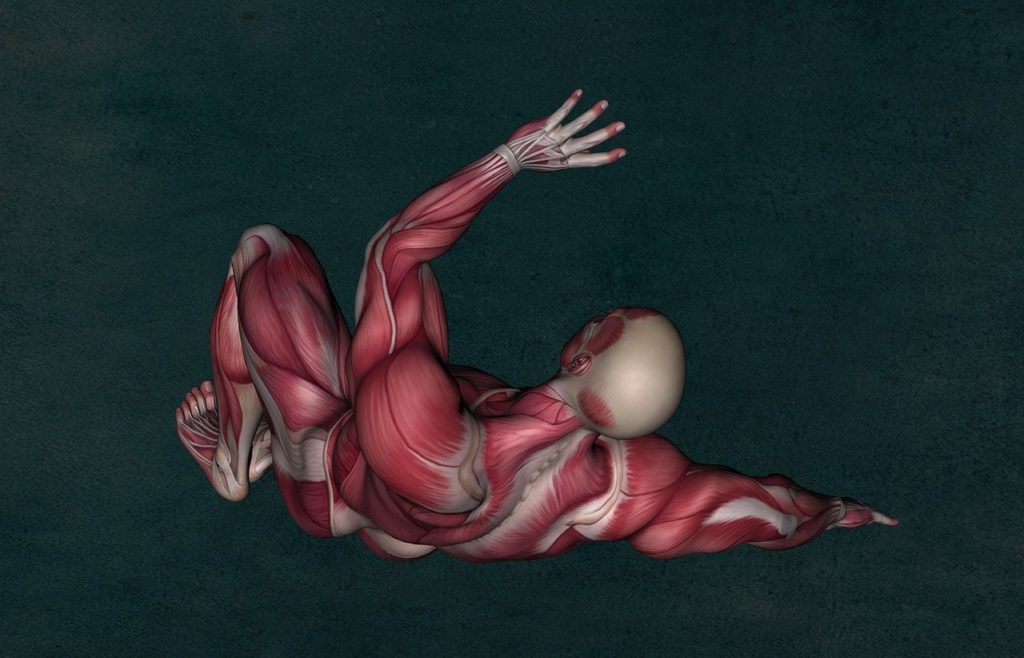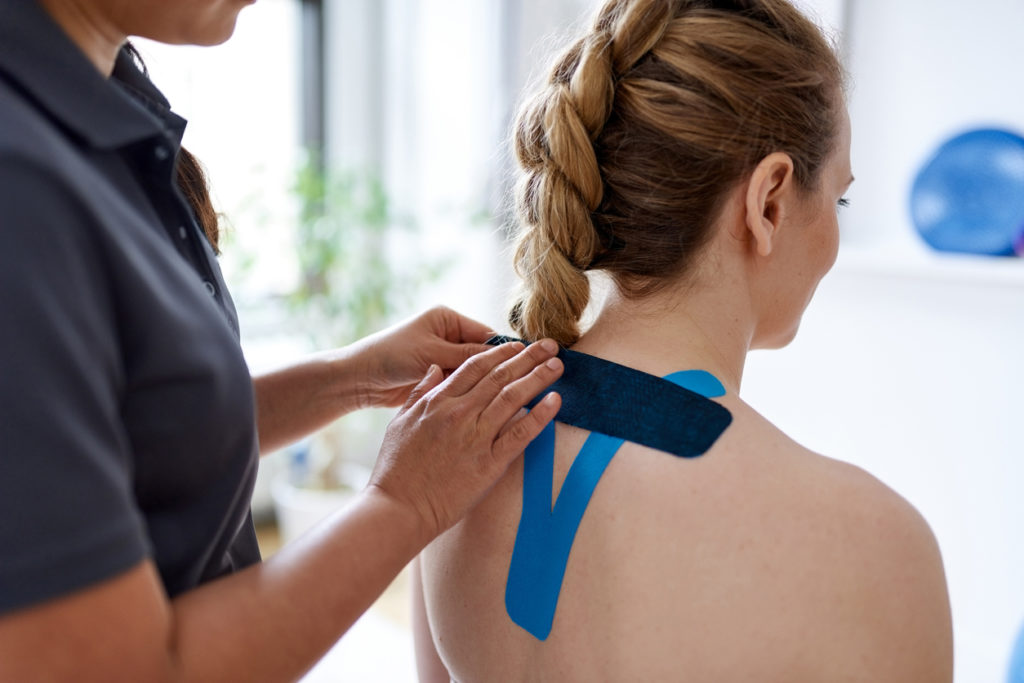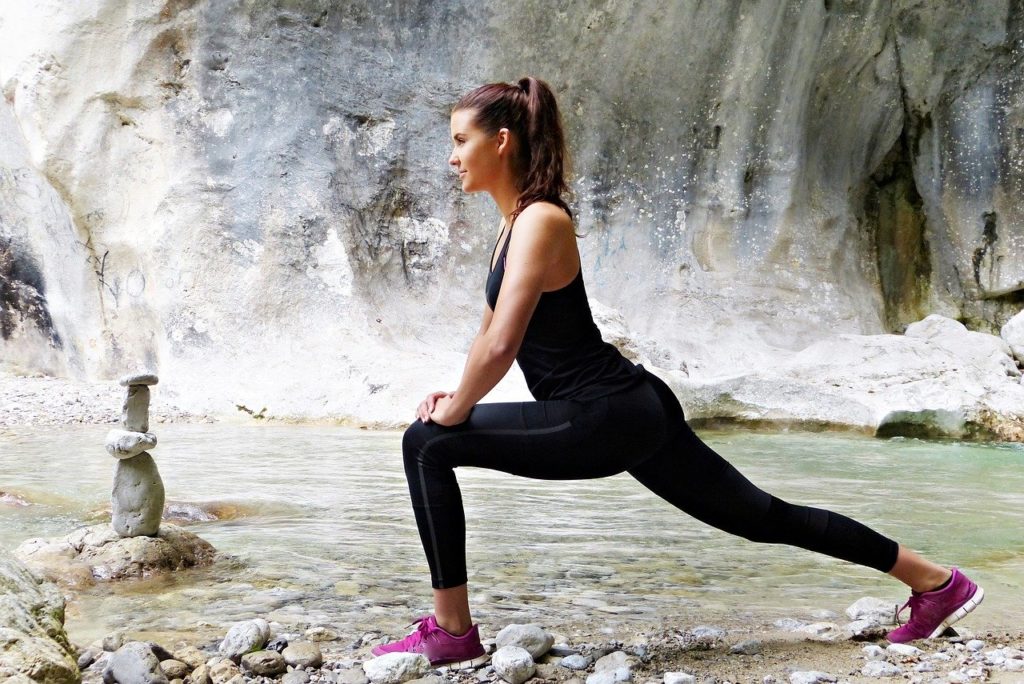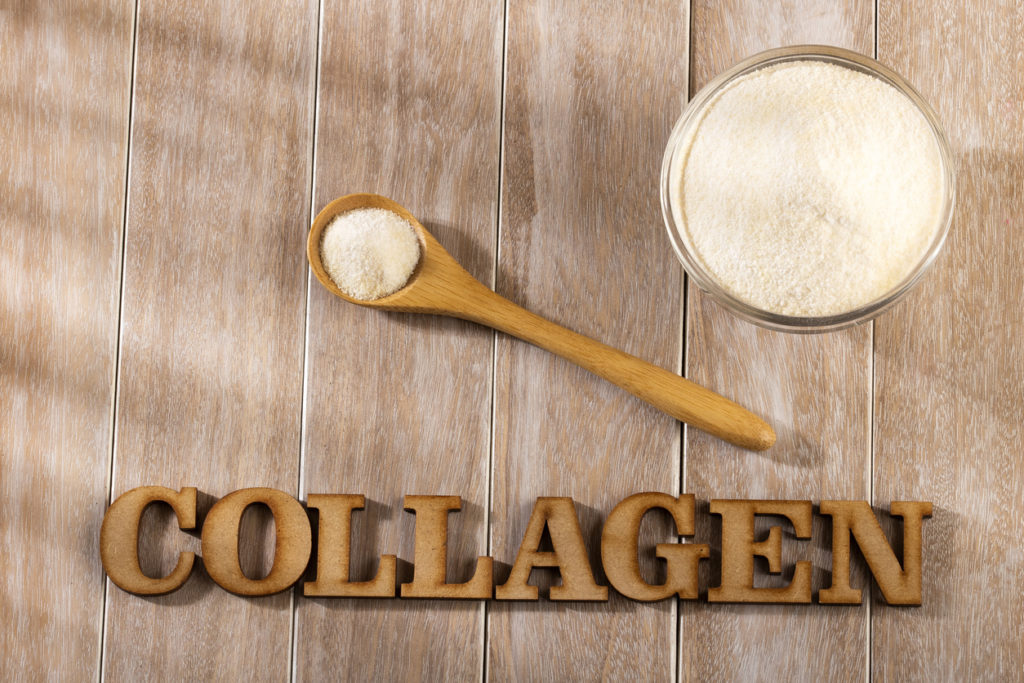Although little known by bodybuilding practitioners, the fascias are elements to be taken into account in the development of muscles. Indeed, to have better impacts during training, it is necessary to understand this essential connective tissue in the structure of the human body.
The fascia is a sort of envelope wrapped around the human body. It is a supportive layer located between the dermis and the organs.
Depending on where it is located, the fascia has a different name: aponeurosis, periosteum, peritoneum, etc. , but on the whole they are all connective tissues. Useful to know for muscular recovery by osteopathy.
What are the fascias composed of?
According to the "International Fascia Research Congress" (Schleip et al. 2012)", fascia is "a tissue of collagen fibers that is part of a vast system of transmission of internal forces in the human body.
In truth, it is composed of 60-70% collagen and the rest elastin and reticulin. Collagen is a rigid protein while elastin is both solid and elastic.
These fibres separately envelop each organ from the skull to the feet while being linked together by a complex network of attachments. As a result, if the skin is removed, the human body still retains its structure in this envelope. The superficial fascias are only absent on the face and on the palmar and plantar surface.
The roles of fascia
Connective tissues have several functions but we will mention only 4. Here are the 4 main roles of fascias:
- Supporting function: They serve to connect the tissues to give the anatomical shape of the human being. Without them, our body would just be a puddle without structure. It provides a supporting role to the various systems: nervous, lymphatic and vascular in order to ensure their coherence.
- Protective function: As a good protector, the fascia becomes denser and thicker in sensitive areas. For example, at the level of the knee, there is the iliotibial tract and the lumbosacral fascia. At the level of important organs, such as the cerebral-spinal axis and the heart, there are three fascial envelopes. In addition, other vital organs as well as veins and arteries are surrounded by resistant sheaths or fluid fascia or fatty tissue.
In its protective function, connective tissue does not only form an envelope outside the organs. It also penetrates the organs and divides to form isolation compartments to prevent an infection from spreading easily.
- Shock absorbing function: The elastic fibres of the fascias help to absorb shocks to the body. Not only do they reduce the intensity of pressure, but they also channel it in different directions to reduce the risk of organic damage. For this purpose, the vulnerable areas are equipped with fatty tissue and the cerebrospinal fluid acts as a shock absorber for the brain.
- Hemodynamic function: The fascias stimulate blood circulation. Indeed, the blood tissues help the central pump to facilitate the return circulation. They play the role of real peripheral pumps to propel the blood towards the heart.
Apart from these functions, the fascias also play roles of defence, contention as well as communication and exchange.
The notions of active and passive relays
Fascias contain mechanoreceptors, corpuscles sensitive to mechanical pressure, as well as nociceptors, sensory receptors for pain. They transmit messages to the brain in case of stress to allow the body to adapt.
As a result, they are active in the event of movement or instability of the joints. They then have an influence on the muscle dynamics. This is why they are called active relays.
Some fascias, such as the nuchal ligament and the plantar fascia, act as passive relays by ensuring continuity between the structures of our body. Thus, they transmit and absorb the pressures generated by muscular activities or joints.
The different categories of fascias
- Fascicular fascias: These are the fascias that interact with our muscles. There is the epimysium which envelops the muscles, the endomysium which surrounds the muscle fibres and the perimysium which separates the muscle fibres. This category includes soft, thick connective tissue that gives shape to the muscle structures.
- Compression fascias: These are dense fascias which increase the power of the muscles and improve venous return. They are mainly present in the limbs. This is the case, for example, of the crural fascia in the leg, which acts like a compression stocking.
- Separation fascias: These are soft connective tissues that create compartments, tunnels or sheets to separate organs from each other and from different regions of the human body. They can also absorb shocks during movement. This is the case of the peritoneum, pericardium or synovial sheaths.





